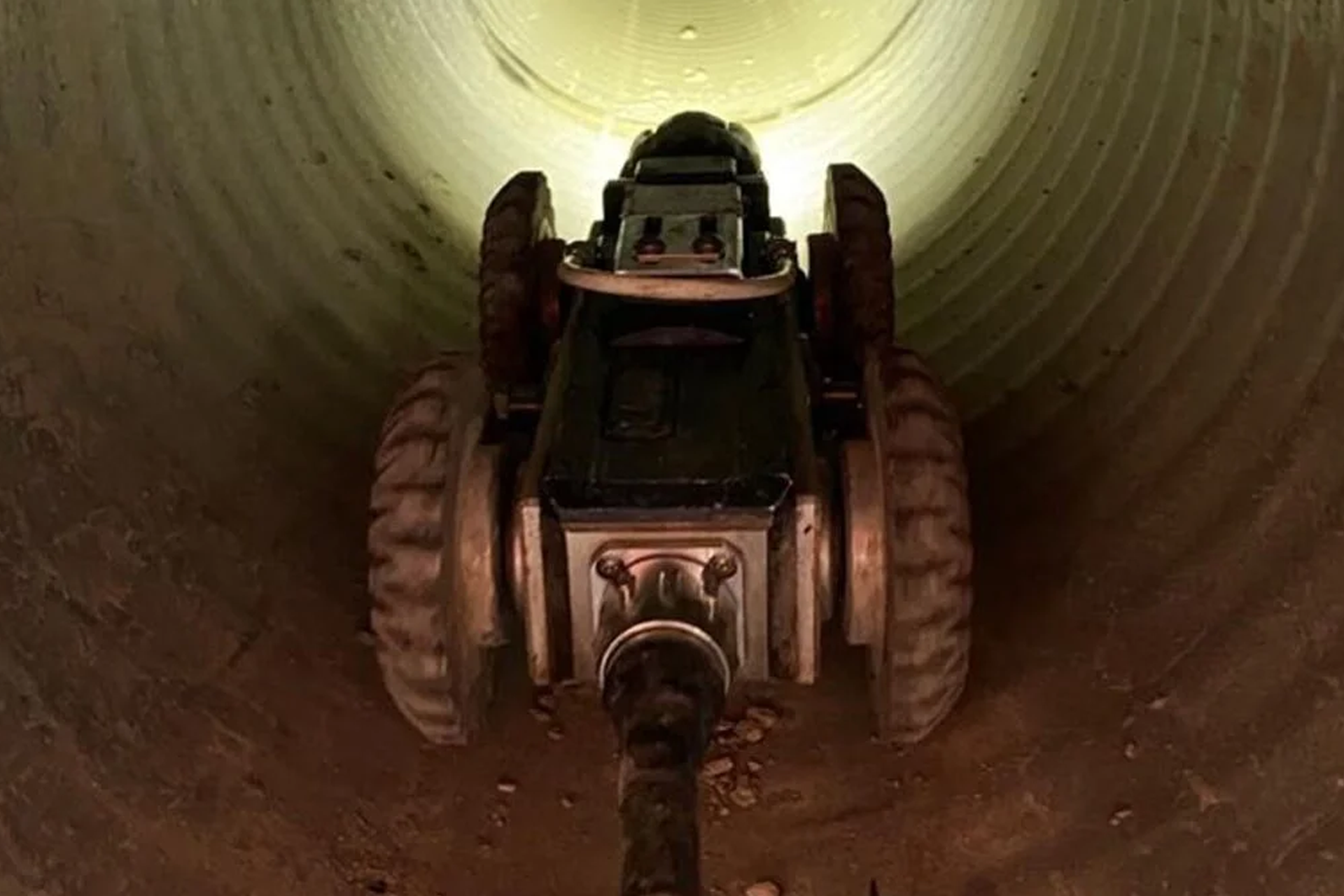Reclaim Waste - Truths
Reclaim Waste - Truths
Blog Article
9 Simple Techniques For Reclaim Waste
Table of ContentsSee This Report on Reclaim Waste5 Simple Techniques For Reclaim WasteFascination About Reclaim WasteReclaim Waste Things To Know Before You Buy5 Easy Facts About Reclaim Waste Explained
Discover the types, events, and forms of liquid waste. Domestic sewage waste refers to the waste and items from a household sewage-disposal tank. This type of waste is produced by human beings in homes, schools, and various other buildings. This only consists of septic systems that have a drainpipe field. The appropriate monitoring and disposal of residential sewer waste need liquid waste to be transferred to a sewage treatment plant where the proper methods and equipment are put on purify and deal with waste.
Business waste usually consists of possible risks, such as combustible materials or a combination of liquid and strong waste items, and requires an advanced and comprehensive disposal procedure. The disposal of commercial waste normally involves the purification of waste prior to transportation to make sure secure and appropriate disposal. Hazardous waste is created from results and overflow of commercial processes and manufacturing.
This type of waste can not make use of the same sewer administration transportation or procedures as septic or business fluids. The hazardous waste monitoring procedure calls for the evaluation and testing of fluid waste prior to it goes through the disposal procedure (industrial wastewater treatment). Overflow waste is the fluid waste that originates from runoff and excess stormwater in very booming locations or cities
Overflow waste can create contamination and flooding if not managed properly. Find out more regarding sewer cleaning and waste monitoring. Making certain appropriate waste administration can stop calamities and minimize ecological damage. Both individuals in domestic settings and professionals in business or production industries can profit from understanding the processes and laws of liquid waste administration.
Reclaim Waste - The Facts
Call PROS Solutions today to find out concerning our waste monitoring and disposal services and the proper methods to care for the fluid waste you generate.
(https://www.behance.net/leonaube)Do you know what takes place to your water when you disengage, flush the commode or drain the washing equipment? No? Well, it's worth understanding. This so-called 'wastewater' is not only a vital source yet, after therapy, will certainly be launched to our land, rivers or the sea. Used water from toilets, showers, baths, cooking area sinks, washings and industrial processes is called wastewater.

water utilized to cool down equipment or tidy plant and devices). Stormwater, a form of wastewater, is overflow that streams from agricultural and metropolitan areas such as roof coverings, parks, gardens, roads, paths and gutters right into stormwater drains, after rainfall. Stormwater flows neglected directly to neighborhood creeks or rivers, at some point getting to the sea.
Some Ideas on Reclaim Waste You Need To Know
In Queensland, a lot of wastewater is dealt with at sewer therapy plants. Wastewater is moved from residential or industrial websites via a system of sewage systems and pump stations, referred to as sewerage reticulation, to a sewer treatment plant. City governments construct, maintain and run most sewage treatment plants. Operators are certified under the Environmental Management Act 1994 to discharge cured wastewater at an appropriate environmental requirement into waterways.
The Department of Natural Resources advises local federal governments about managing, operating and maintaining sewage systems and therapy plants. In unsewered locations, city governments might require owners to set up individual or house sewer treatment systems to deal with residential wastewater from toilets, kitchen areas, restrooms and laundries. The Department of Natural Resources authorizes the use of household systems when they are verified to be effective.
In some new class, treatment of some stormwater to get rid of litter, sand and crushed rock has begun making use of gross contaminant catches. Wastewater treatment occurs in four stages: Removes solid matter.
Wastewater after that moves into huge tanks where solids work out and are eliminated as sludge. Grease and residue are skimmed from the surface area. Uses tiny living organisms called micro-organisms to break down and eliminate staying liquified wastes and fine fragments. Micro-organisms and wastes are included in the sludge. Removes nitrogen and phosphorus nutrients that might trigger algal flowers in our waterways and intimidate marine life.
The Best Guide To Reclaim Waste
Nutrient elimination is not available at all sewer treatment plants since it needs pricey specialist tools. Clear liquid effluent produced after therapy might still have disease-causing micro-organisms - industrial wastewater treatment.

Most wastewater moves into the sewage system. Under the Act, neighborhood governments provide approvals and permits for environmentally relevant tasks (Ages) involving wastewater launches that may have a regional effect.
The Only Guide to Reclaim Waste
Or else, samples are taken for research laboratory evaluation. Typically lots of tests are needed to establish the degrees of each of the various pollutants such as oils, heavy metals and chemicals in water. Surveillance provides factual info regarding water top quality and can confirm that licence problems are being satisfied. The information obtained with monitoring provides the basis for making water quality choices.
Report this page